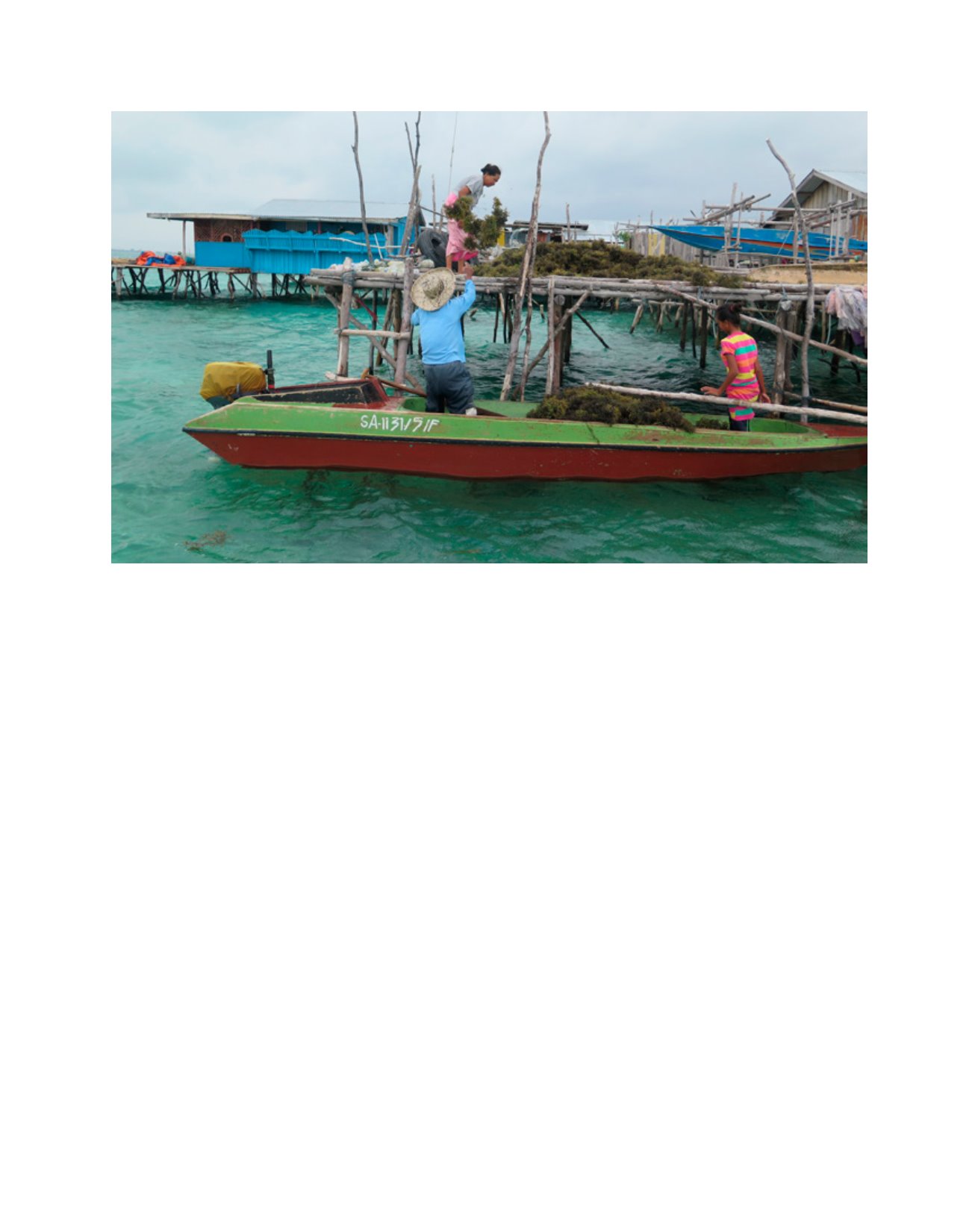

[
] 22
access
to
water
and
sanitation
for
all
way as a latrine, while allowing wastewater to percolate into
the ground leaving behind only solid waste to be digested
by natural phenomena. The life of the technology is 20–30
years, with a very low initial cost and almost no mainte-
nance. The waste can be converted into compost for use in
agriculture and for other purposes.
Call for policy coherence – aligning global with local levels
With the growth of population and industrialization, together
with the rising cost of ecosystem services and stringent
environmental restrictions, water and sanitation technology
development is now focused on innovation. Water and ocean
technology should be applying comprehensive structures to
address complex solutions. The challenge is in attaining the
sustainable development goals simultaneously and preparing
a new generation of workforce to operate and manage SDG
innovation, starting with introducing the SDGs into early
curricula and allowing students to practice systems-thinking
from primary to tertiary levels of education.
Farming water is unlike farming land because of the
unique challenges of ecosystems and the need to implement
a circular economy through strong, honest, selfless and
reliable collaboration in engineering, biology, ecology, chem-
istry, economics, industry and academics to bring diverse
knowledge, experience and best practice to a holistic system,
delivering the next generation of technologies and creating
jobs. Education needs courses that meet the challenges of
developing new technologies pertinent to SDGs 6 and 14.
The United Nations central platform is the high level polit-
ical forum (HLPF) for following up and reviewing the 2030
agenda for sustainable development, providing full and effec-
tive participation of all UN member states and specialised
agencies. In 2018, the theme of the HLPF and the Asia-Pacific
Forum on Sustainable Development will be “Transformation
towards sustainable and resilient societies,” where the goals
will be reviewed, including SDG 17 – Partnerships; SDG 6 –
Clean Water and Sanitation; SDG 7 – Clean Energy; SDG 11
– Sustainable Cities; SDG 12 – Responsible Production and
Consumption; and SDG 15 – Life on Land. United Nations,
regional development agencies and regional think-tanks are
now actively creating the frameworks for policy coherence.
A better understanding of the links between the goals and
the targets of water and sanitation-related SDGs, as proposed
by recent publications of ESCAP (2017), has already been
demonstrated by the national visionary strategic documents
and aligned frameworks. For example, sustainable produc-
tion and consumption patterns are best shown within the
circular economy, self-sufficiency economy and 3R (reduce,
reuse, recycle) economies, with integrated water resource
management processes complying with the natural water
cycles of member states.
ESCAP facilitates international cooperation and provides
capacity building support to developing countries through
analytical products and the promotion of intergovernmental
platforms. This includes water- and sanitation-related initia-
tives and policy advocacy, focusing on linkages of science
and technologies, for example, on rainwater harvesting,
desalination, water efficiency, wastewater treatment, recy-
cling and reuse. In this regard, peer-learning on improving
water and sanitation management may be achieved through
incentivising partnerships and supporting the participation
of local communities in decision making processes.
Image: University Malaysia Terengganu
Seaweed farming by a coastal community in Malaysia
















